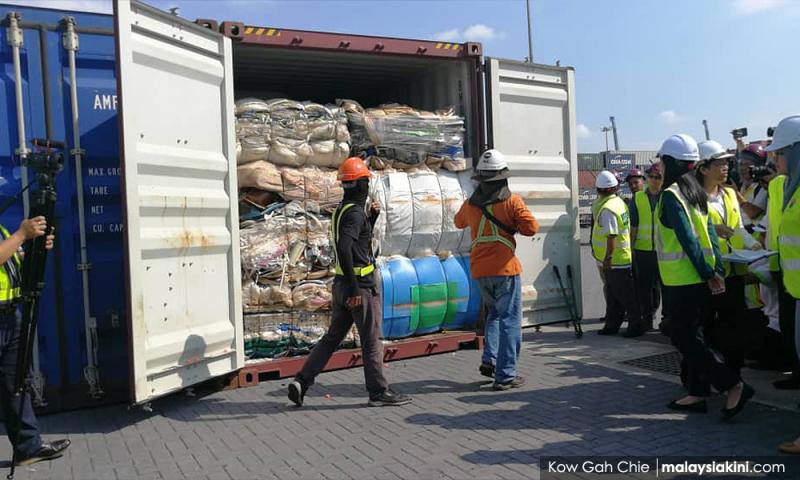Don't delay the waste-to-energy initiative
LETTER | Full credit must go to Energy, Science, Technology, Environment and Climate Change Minister Yeo Bee Yin for the decision to order foreign plastic wastes to be sent back to their respective countries.
Yeo has shown amazing leadership in not delaying action or coming up with excuses. Previous ministers would buy time, but not this minister. She is full of bravery.
With the resolve to deal with incoming plastic wastes, the minister must next show the same intensity in handling our own plastic wastes. Alas, she can control the manufacture of plastic, especially illegal plastic factories as it falls under her ministry’s administration. But she cannot stop here, not after all the good work and good start to finally deal with Malaysia’s waste problem, especially plastic waste.
She must talk to the other towering lady, the Minister for Housing and Local Government Zuraida Kamaruddin, who is in charge of waste management. They are sensible women and they will decide what is best for the country, in this regard waste management.
This calls for a long-term solution, and I have to admit that I am now afraid that our landfills will not be able to cope with the volume of wastes being produced here in Malaysia. It is not merely just the residential waste but the commercial waste, and many are now turning around and changing their minds about waste to energy plants.
The Scandinavians and Europeans have many examples of longstanding waste-to-energy plants, like the Muellverwertung Rugenberger Damm (MVR) waste treatment plant in Hamburg, Germany, which has been in operation for 20 years. Even the very strict and pro-environment Green Party supported the setting up of the MVR. This has to be a strong commendation.
Look beyond, to the comprehensive plan in Norway.
In 1967, they built the Haraldrud Plant. It has a recycling and sorting capacity of 100,000 tonnes a year. Meaning that it can separate the plastic before they burn the normal waste for energy.
The Klemetsrud Plant, the largest facility, can clear 310,000 tonnes of wastes annually. The newest Romerike Biogas Plant (2012) has lower capacity of 50,000 tonnes, but they in return produce biogas and bio-fertiliser for agriculture.
Which is why both our Environment Ministry and the Local Government Ministry have to work together and give their utmost to secure the realisation of better waste management using WTE technology. The Europeans can share with us their success stories and we can have a great system in place.
I am worried that the slow movement to action, which can be seen in so many ministries, can make us squander this excellent chance to bring great improvement to our waste management.
The time for action is now, as the ministers can see that so many Malaysians are great supporters of plastic rejection. Let’s move to the next stage, the next logical action, to manage our wastes with recycling with the aid of waste-to-energy plants.
The views expressed here are those of the author/contributor and do not necessarily represent the views of Malaysiakini.
RM12.50 / month
- Unlimited access to award-winning journalism
- Comment and share your opinions on all our articles
- Gift interesting stories to your friends
- Tax deductable
